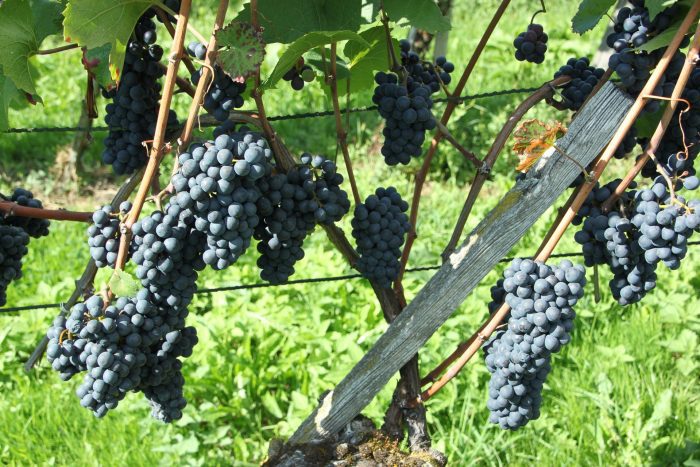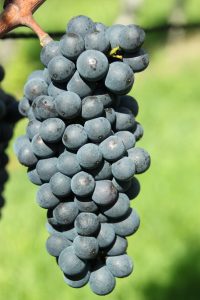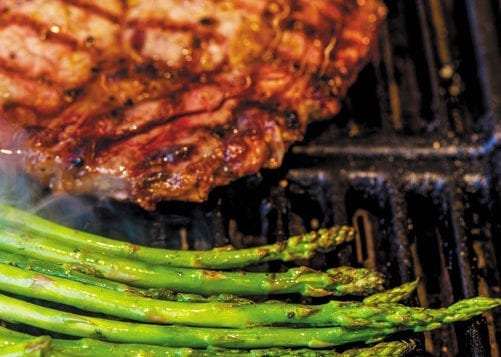By Bob Lipinski
 Although on the hottest summer days you’ll probably find me drinking a cold beer, I generally enjoy a chilled glass of white wine or champagne, which pairs with a multitude of food. Cheese, along with some cut-up vegetables and your favorite dipping sauces, is always a welcomed accompaniment, along with an assortment of chips.
Although on the hottest summer days you’ll probably find me drinking a cold beer, I generally enjoy a chilled glass of white wine or champagne, which pairs with a multitude of food. Cheese, along with some cut-up vegetables and your favorite dipping sauces, is always a welcomed accompaniment, along with an assortment of chips.
Some white wines I’m sipping are…
2023 Abbazia di Novacella “Grüner Veltliner,” Valle Isarco DOC, Alto Adige, Italy. (Aged in stainless-steel tanks for 6 months.) Fruity with a yellowish-green color and scents of lemon peel, green apples, and black pepper. Flavors of orchard fruits, lentils, green peas, apricot, and citrus. Well-balanced with an aftertaste of wet stone. It pairs well with yellow curry chicken in a light coconut milk sauce.
2023 Abbazia di Novacella “Sylvaner,” Valle Isarco DOC, Alto Adige, Italy. (Aged in stainless-steel tanks for 6 months.) It has a very pleasant aroma of red apples, honeydew melon, and key lime. Dry and powerful in the mouth with hints of pear, stone fruit, grapefruit, and lemongrass. It has a pleasant bitter almond aftertaste. I paired this wine with a dish of risotto and asparagus tips, sprinkled with lemon pepper.
2022 Cade “Sauvignon Blanc,” Napa Valley, California. (There are some Sémillon grapes in the blend.) Aromas of melon, dried orange peel, honeysuckle, and white flowers. Flavors of red delicious apple, citrus, pear, and mint. A complex, vibrant wine with a touch of creaminess in the aftertaste. Try it with a Dungeness Crab salad with an orange-mango dressing.
2018 Hugel Gewürztraminer, “Classic,” Alsace, France. Pale yellow color with a light intensity bouquet and taste of spices, bergamot, lychee, and peach. Light-bodied, off-dry flavor brimming with spicy fruit with hints of cinnamon. Perfect accompaniment to smoked salmon with thin slices of red onion and cream cheese.
2021 Cuvaison “Kite Tail” Chardonnay, Los Carneros, California. Aged 11 months in French oak (50 percent new) barrels. A full-bodied Chardonnay with a pronounced bouquet and taste of green apple, lemon zest, grapefruit, and toasted bread. It has hints of brown butter, peach, and minerals. Lingering aftertaste of key limes. Serve alongside the classic “chicken with 40 cloves of garlic” recipe.
2021 Laria Pinot Grigio, DOC, delle Venezie, Italy. Bright straw yellow with a fragrance of honeysuckle, kiwi, green apple, and pears. Light-bodied with hints of almonds, coriander, peanuts, and watercress. Easy to drink with a smooth finish. I enjoyed this Pinot Grigio with a pork loin cooked with sauerkraut.
Bob Lipinski is the author of 10 books, including “101: Everything You Need To Know About Whiskey” and “Italian Wine & Cheese Made Simple” (available on Amazon.com). He consults and conducts training seminars on Wine, Spirits, and Food and is available for speaking engagements. He can be reached at www.boblipinski.com OR [email protected]









